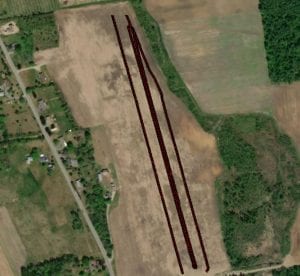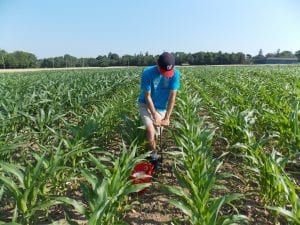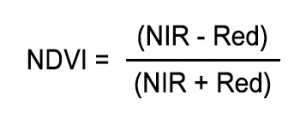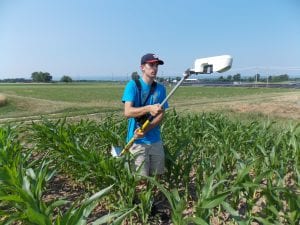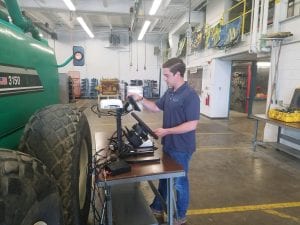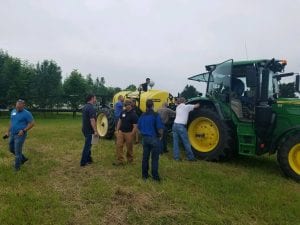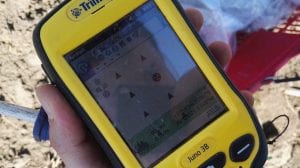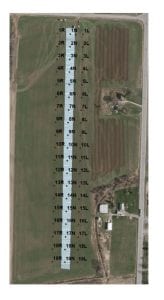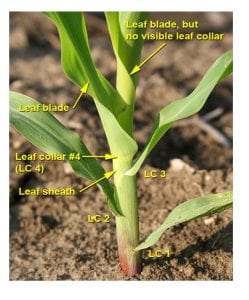During my time at Cornell Orchards, I’ve learned about management systems for a variety of fruits. One of the newest fruit systems in the Orchards are UFO and KGB cherry training methods. When left to their own defenses, cherry trees can grow to heights that make the tree harder to harvest and less efficient in fruit production. Without management, cherry trees have a central leader, have strong apical dominance, and can take years to produce a fruit crop.
This is what the cherry trees look like without any intervention. You can see that a large amount of the fruit crop is located above the area where pickers can reach without a ladder, and much of the tree is not utilized in fruit production. These are sour cherries at the Lansing location of Cornell Orchards. (they made great dessert tarts!)
To combat the problems of natural cherry tree growth patterns, faculty at Cornell Orchards have planted cherry trees to be managed in Upright Fruiting Offshoot (UFO) and Kym Green Bush (KGB) systems. These systems allow the trees to be planted in higher densities than natural growth systems, and allow for fruit to be located more conveniently for pickers.
Recently, my fellow interns and I helped set up the trellising for the UFO systems. These trees are trained to create a narrow fruiting wall, much like grapevines. The trunk in UFO systems is trained to grow in a horizontal pattern low to the ground, and have new growth grow vertically on fruiting wires about every 8 inches. Here is a picture of the UFO system at the Orchards:
The trunk is trained and tied down to a lower wire, and each shoot is tied upwards with rubber wire to a top line. With this system, we used rubber to tie the branches upright instead of wire. This was done because cherries and other stone fruit are susceptible to bacterial canker. This disease can fester through cuts during wet weather, and the rubber may prevent wounds in branches.
The other system we have at the orchards is the KGB system. Here is one of the trees at the orchards that was trained in the KGB system.
In this system, the shoots are pruned regularly to keep the tree bush height. This keeps the vigor of the tree low, and keeps all fruit at eye level or lower. KGB pruning keeps shoots productive and efficient for fruit growth.
One of the best parts of this internship has been quality control and taste tests on the amazing cherry crop! They tasted just as good as they looked!


